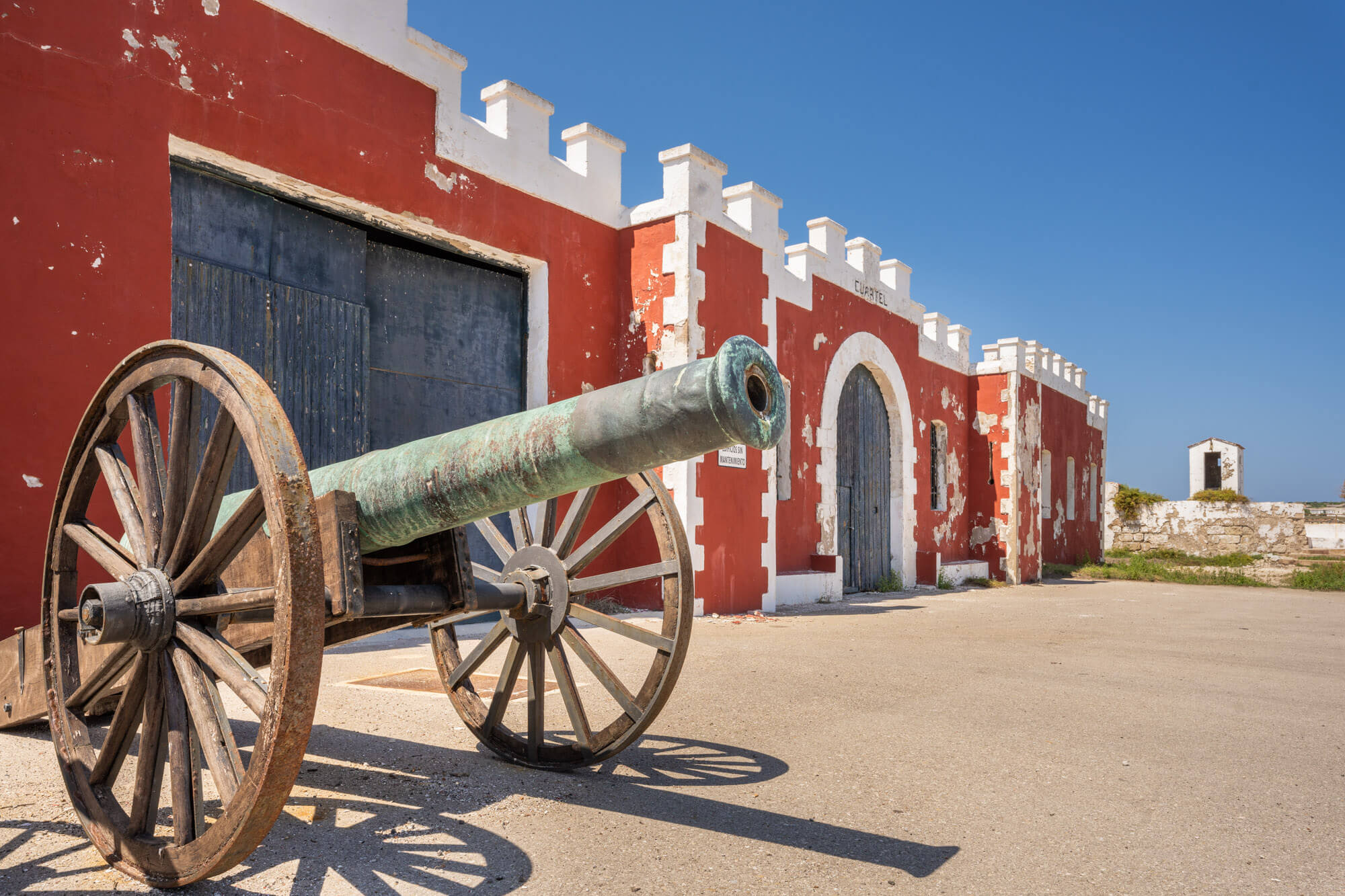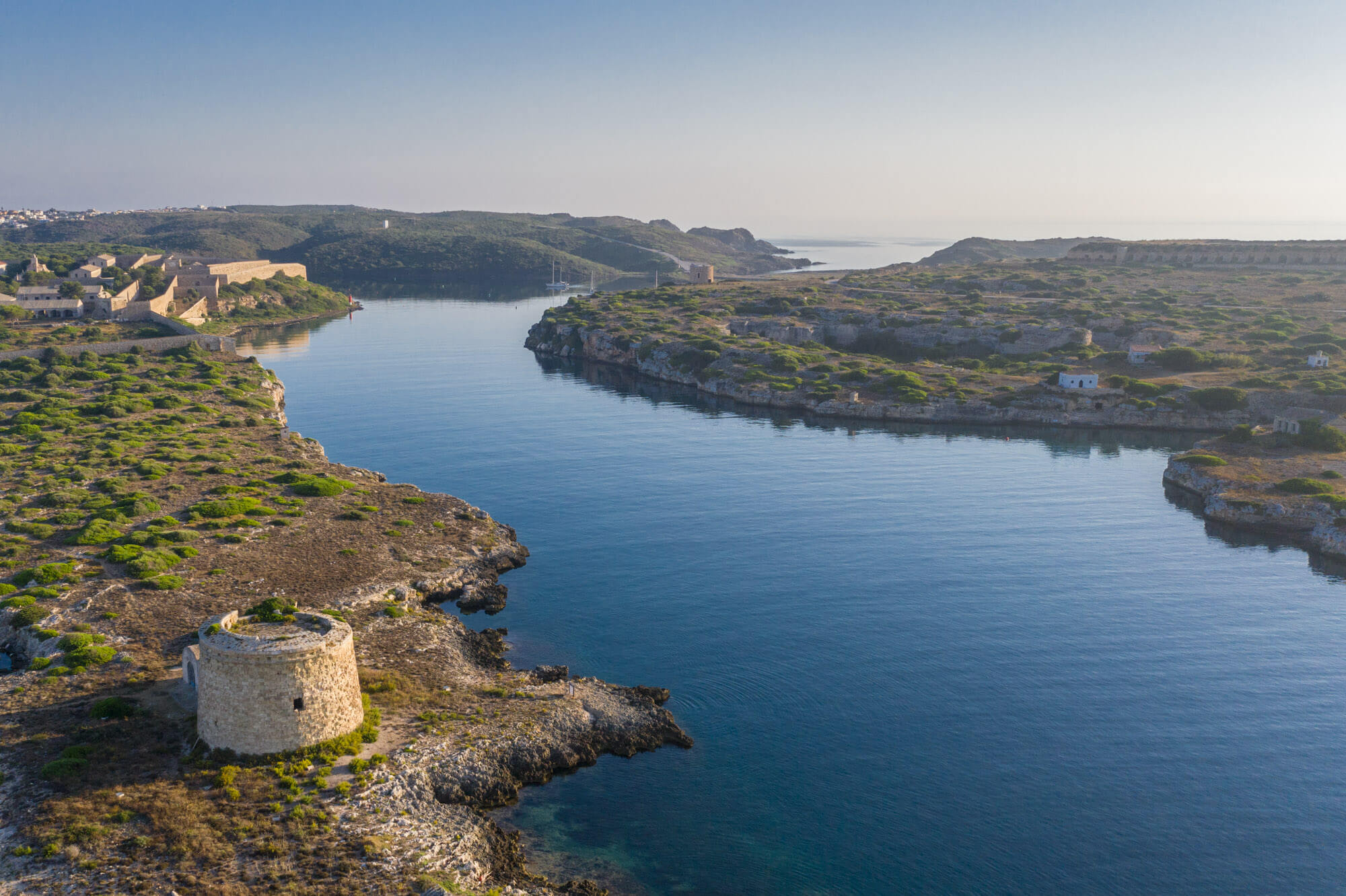Consorcio Militar, Museo Militar
The María Luisa Serra room in the Military Museum of Menorca
This room is named after María Luisa Serra, an illustrious daughter of Menorca who stood out as an archaeologist and librarian in Mahón.
Ancient Menorca, from the earliest times to the Middle Ages. The Bronze Age in Menorca, from the year 1,600 B.C. Until the year 200 BC, the island was populated with innumerable constructions of the Talaiotic culture. Talaiot is the common name by which the frustoconical towers of the prehistoric settlements of the Balearic Islands are known.
In Menorca there is a notable typological variety, in contrast to Mallorca, where they are square in plan with a central chamber and Mediterranean column. Throughout the entire territory, around 1,000 have been counted, with an evident concentration in the calcareous lands of the south of the island. Its function could have been multiple: domestic room, control tower over the territory, dissuasive element, etc. The dating relative to its construction is the 10th century BC.
Outstanding models are those of the Talayotic walls of Son Catlar (Ciutadella), year 1,000 BC. C.; the Naveta des Tudons, a funerary construction with an elongated floor plan and a slightly pointed apse, and the walls of Santa Águeda, an Islamic fortification where Abu Umar took refuge in 1287 when Alfonso III of Aragón conquered Menorca.







